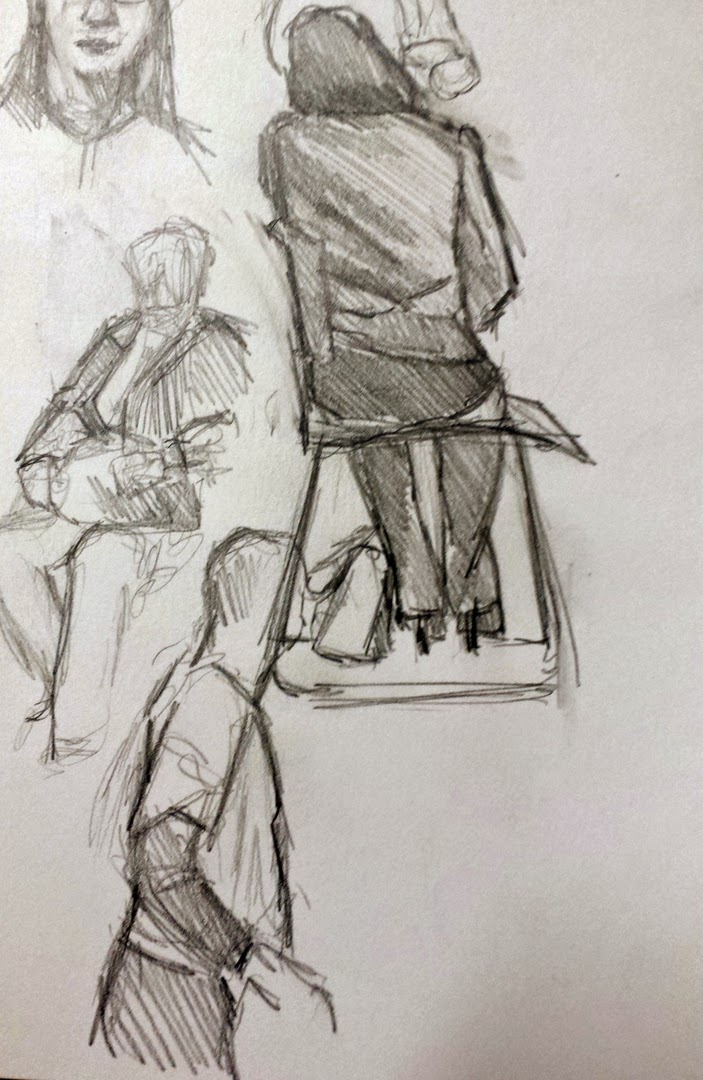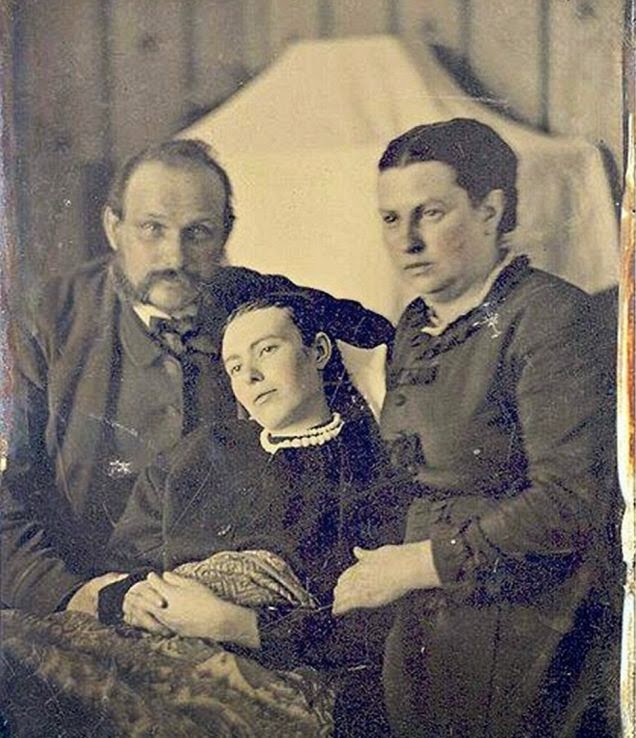| Cece and her self-portrait in progress. |
Cece has been working on her self-portrait for two weeks; Jingwei for a week. This is a laborious process of learning to measure, learning to model, and then assembling these techniques into an autobiographical whole. This is the hardest assignment I give to high school seniors, and their ability to buckle down into it says a lot about their future prospects.
| Sandy’s charcoal self-portrait of this week. |
Since Sandy Quang was here and we weren’t painting, she decided to do a fast charcoal self-portrait as well. This gave me a great opportunity to compare her drawing to the one she did for her own portfolio in 2008.
 |
| Sandy’s graphite self-portrait of 2008. |
The biggest difference between a teenager and an art school graduate is assurance. Sandy whipped this drawing off in an hour, and her mark-making reflects that. Her measurement and transcription were painstaking in 2008; they’re automatic today. That reflects hundreds and hundreds of hours of drawing in the interim.
| Jingwei’s unfinished graphite self-portrait. |
Every plein airpainter is used to certain comments from passers-by. One that I’m sensitive to is, “I used to paint, but I don’t have time anymore.” Another is, “That looks like so much fun!” Yes, art is fun, but it rests on a solid foundation of instruction, learning and practice. If you’re not willing to do that, you’d be wise to choose an easier career path. Most successful painters I know have spent years learning their craft. When youngsters come to me to study art, the first question is whether they have the tenacity for an art career.
| Cece’s unfinished graphite self-portrait. |
I will be teaching in Acadia National Park next August. Message me if you want information about the coming year’s classes or this workshop.































